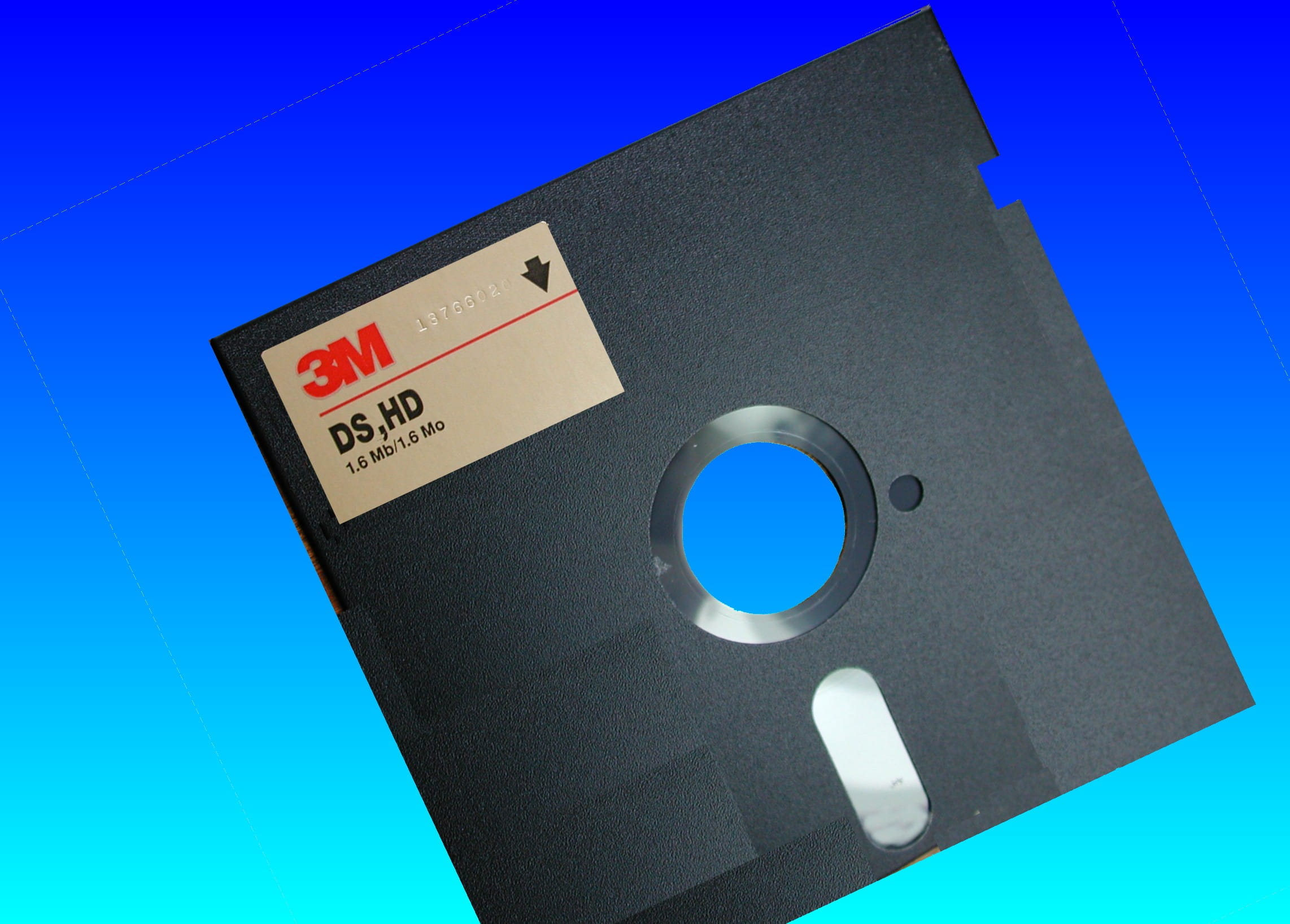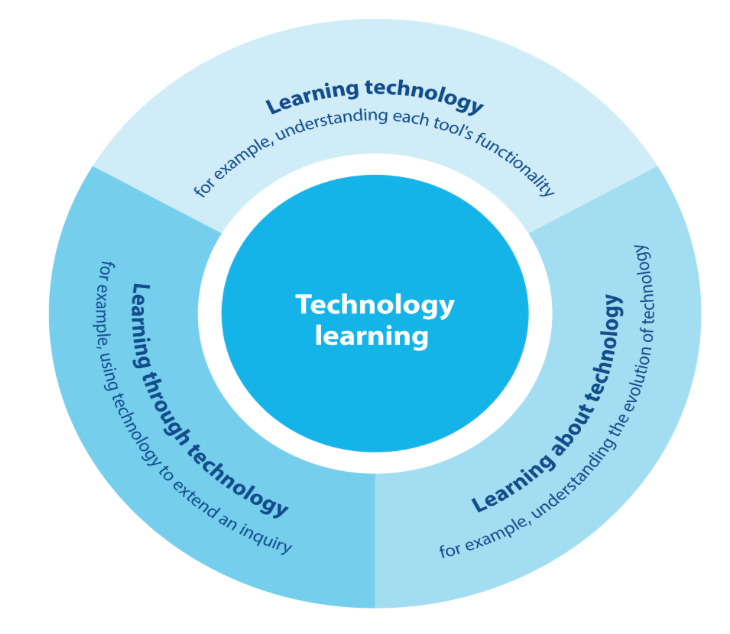Create Your Future!
Enrol now and start before the end of January to unlock BIG savings — enjoy registration and capital fee waivers!

My friend Adrian and I used to cycle regularly to the airport and watch the planes take off and land – maybe this is where my interest in travel stems from. Recently I was reminiscing with an old college friend about how, when we were in our final year of teacher training, we had to handwrite our dissertations and then pay someone to type them on a typewriter. In my first classroom teaching job there was a solitary computer in the corner of the classroom which took large floppy discs.
Last week I met with some teachers to discuss technology in the school environment, and this made me realize how things have changed and what different environments children now grow up in, surrounded by technology in one way or another. Our conversation was far reaching and incorporated many questions about how and what we should be introducing to children and all the many aspects of technology which are important. To help with this, the PYP provide us with some useful guidance.

IB: The Learning Community 2020
That sounds great but how as a school do we put this into practice? It is obvious that nowadays students have greater technological understanding and skills than most adults and are swift learners. However much of their time is spent not in technological learning, but as users of technology: social media and gaming being good examples. As a school it is important that we identify key aspects of learning for students and to do this the IB provide us with a model of technology learning.
This model then guides what we do in the classroom. For example, learning through technology would include research skills, using tools such as learning apps and accessing videos and other media. Learning technology includes such things as coding, digital citizenship and being able to use a variety of tools such as green screens to create their own videos. Towards the end of last year we set up animation studios for students to create their own animation videos and this was successfully used by students to demonstrate their learning in the Grade 5 exhibition for example. In this way we want to teach new skills but also hopefully enthuse students to try new things and explore the many facets of technology. This can also extend into the home where you can encourage students to explore things like coding and animation so they become users of technology rather than just consumers.
Things have changed so broadly since my childhood but fundamentally schools have the same aim – to provide students with the skills, understanding and knowledge that they will need in future careers and lives. Our conversations will continue as we strive to build learning which is relevant and appropriate for students learning in a digital age.
Now, where did I put my bike pump?